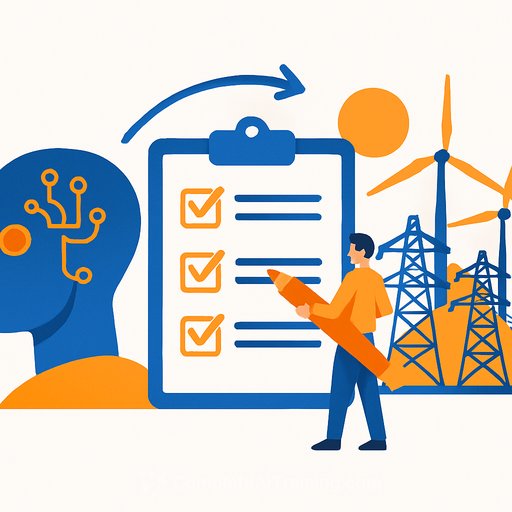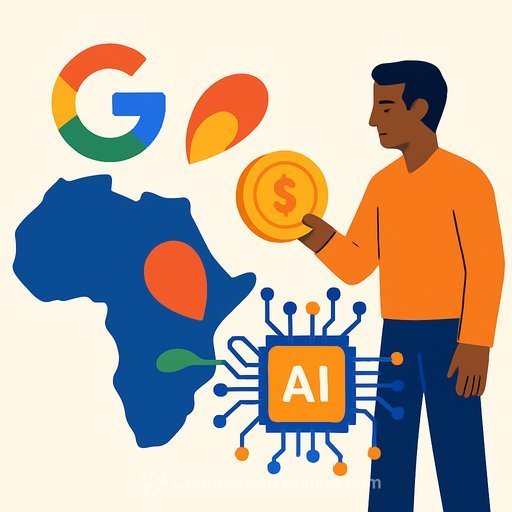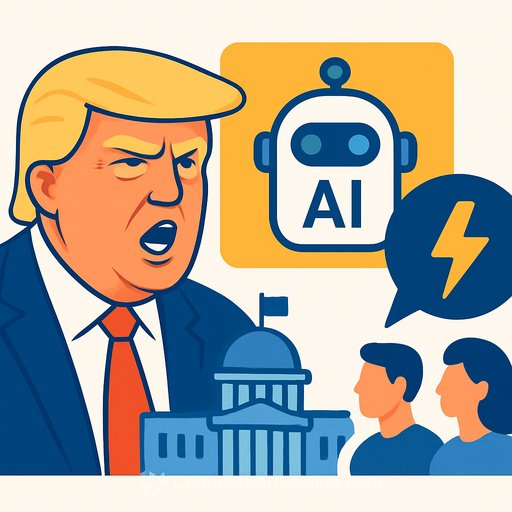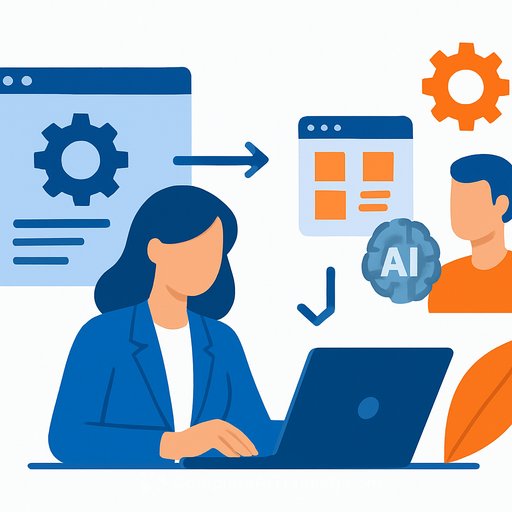Enhancing the US Power Grid with AI to Accelerate Permitting
The growing demand for power in the United States is driven by technologies like artificial intelligence and data analytics, which rely on faster, more energy-intensive processors. Additionally, federal efforts to reshore manufacturing and shift the economy toward goods production are expected to push energy needs even higher.
Many projects that could supply this needed energy are stuck in a lengthy interconnection queue awaiting construction. Currently, there is more generation capacity waiting in the queue than is active on the grid. But the average wait time to get approval is about five years and increasing, mainly due to slow permitting processes. High interconnection costs also cause many projects to be cancelled.
Challenges and Opportunities in Power Grid Expansion
More than 11,000 power generation and consumption projects are in the US interconnection queue, with average approval times growing from three years in 2010 to five years today. Nearly 70% of these projects get withdrawn due to economic, permitting, or other challenges. For example, one-third of wind and solar projects submitted between 2019 and 2024 were cancelled, often after delays exceeding six months.
The Calico Solar Project in California, with an 850 MW capacity, was cancelled after multi-year permitting delays and repeated design reviews. Longer wait times increase cancellations and slow down viable projects.
Though 20.2 GW of utility-scale generating capacity was added in the first half of 2024—a 21% increase over the previous year—it still falls short of meeting rising demand. This doesn’t account for 5.1 GW of retired capacity in the same period. Data centers alone have nearly doubled their share of US energy consumption from 1.9% in 2018 to 4.4% in 2023.
To support the administration’s manufacturing goals, a significant and rapid increase in generation capacity is needed, far beyond current interconnection rates. The main bottlenecks are slow permitting and high interconnection costs. Projects must secure permits not only for generation sites but also for transmission lines connecting them to the grid—often spanning multiple jurisdictions.
Poor site selection has also led to cancellations. For instance, the $1 billion Battle Born Solar Project in Nevada was scrapped due to concerns over tourism and archaeology. Similarly, a 150 MW solar farm in Virginia was denied permits for impacting a Civil War historic site. A geothermal plant in Nevada had to reduce its size drastically after discovering it was in an endangered toad’s habitat.
Community opposition, often based on construction impacts or misinformation, frequently blocks renewable projects. Better site selection, using data-driven tools, could avoid conflicts with historical sites, local interests, and sensitive environments, saving time and money.
Cost challenges arise because utilities can assign the full cost of new grid assets to individual projects, even when multiple projects share those assets. A July 2023 FERC rule aims to allocate costs more fairly by considering all queued projects, but the calculation process remains complex.
In April 2025, a Presidential Memorandum titled “Updating Permitting Technology for the 21st Century” directed agencies to leverage technology to improve environmental reviews and permitting, creating a permitting innovation center. This signals growing governmental focus on modernizing permitting.
How AI Can Accelerate Power Grid Permitting
AI offers multiple ways to speed up permitting and reduce costs. It can help regulators analyze environmental rules and past decisions faster, identify better generation sites, centralize regulations in one searchable database, automate permit applications, speed interconnection studies, and develop model regulations for local adoption.
Recommendation 1: Expand AI Tools for Environmental Permitting
Pacific Northwest National Laboratory (PNNL) developed PermitAI, an AI-based model that helps regulators understand National Environmental Policy Act (NEPA) requirements by analyzing thousands of environmental impact documents. This searchable database uses natural language processing to quickly find relevant information and summarize past cases.
PNNL’s prior work simplified NEPA reviews for small-to-medium nuclear reactors, cutting review times from years to months. Scaling this approach for renewables could dramatically reduce permitting delays.
State and local regulators could use this AI-powered database as a service, avoiding the need to build their own data solutions. Continuous updates and state-specific training would improve accuracy and speed decision-making.
Recommendation 2: Use AI for Smarter Site Selection
AI can analyze satellite imagery, lidar data, and local media to find optimal sites for solar, wind, and geothermal projects. By predicting energy potential and identifying environmental or community concerns early, AI tools can reduce permitting hurdles and cancellations.
Better site selection minimizes risks related to land use, wildlife habitats, and public opposition. DOE could fund pilots at state and local levels to test these AI tools, encouraging adoption by developers and regulators.
Recommendation 3: Develop an AI-Based Permitting Database
DOE labs should create a centralized database of all federal, state, and local permits required for large energy projects. A pilot in a state with consolidated permitting authority—like New York or Illinois—could streamline application processes and improve interjurisdictional coordination.
This database would allow users to query permit requirements, processes, and forms by location and project type. Integration with local permitting systems would automate workflows and reduce administrative burden.
Recommendation 4: Build AI-Powered State-Level Permitting Applications
Using frameworks like NREL’s SolarAPP+, which automates rooftop solar permitting, DOE could develop similar tools for utility-scale projects. These applications would simplify permit submissions, approvals, and status tracking, increasing transparency and reducing delays.
Such tools would help smaller developers unfamiliar with complex permitting and provide clear timelines and costs. Grants could support state and local implementation, enhancing coordination across jurisdictions.
Recommendation 5: Automate Interconnection Studies with AI
FERC should require Regional Transmission Organizations (RTOs) to evaluate AI tools that automate interconnection analysis. Private companies have already demonstrated faster modeling of complex cluster studies.
Automated studies would provide developers with quicker cost estimates and feasibility assessments, promote asset sharing among projects, and identify grid capacity constraints early. This leads to faster, lower-cost grid additions.
Recommendation 6: Use AI to Model and Standardize Local Regulations
NREL has used AI to compile local energy permitting ordinances with high accuracy and minimal manual effort. DOE can extend this work to develop model regulations that reduce regulatory conflicts and complexity.
Promoting these model regulations through national organizations would encourage standardization, simplifying compliance for developers and regulators alike.
Conclusion
The US faces increasing power demands driven by technology and economic shifts. Permitting delays, interconnection costs, and site selection challenges are slowing new generation capacity from reaching the grid.
Artificial intelligence can address these issues by streamlining environmental reviews, centralizing regulations, automating applications, improving site selection, accelerating interconnection studies, and standardizing local rules. Implementing these AI-driven solutions could help meet energy needs faster, reduce cancellations, and lower costs.
For IT and development professionals working in energy and infrastructure, understanding and contributing to these AI applications offers a practical way to support the modernization of the US power grid.
Your membership also unlocks:






